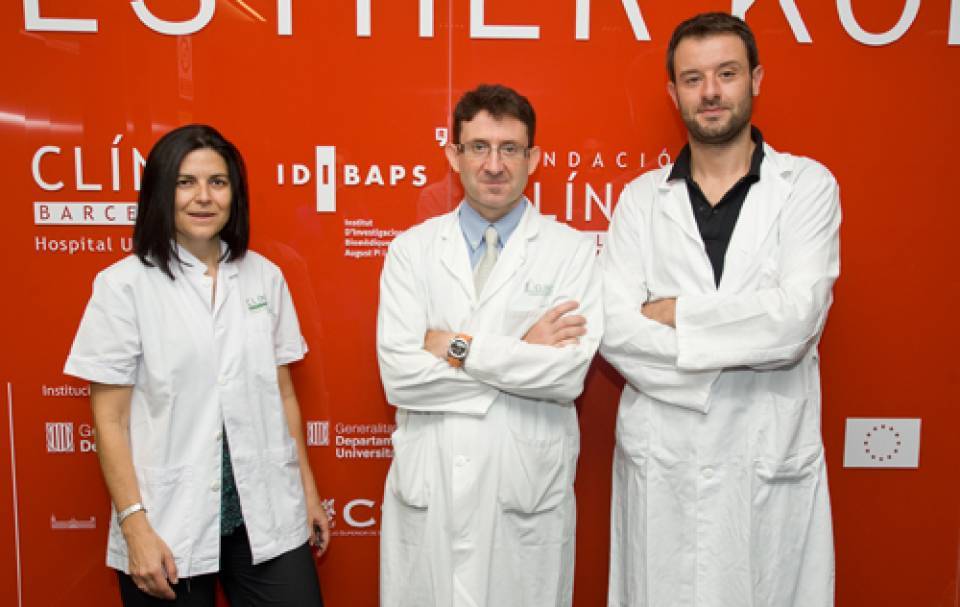The conclusions of the European study revalidate regions and genes already identified as significant for melanoma in previous works. Thus the role of genes related to cell cycle as CDKN2A or CDK4, and other related aspects such as hair and eye pigmentation, is reinforced by the new data. The results identify too three new correlations with the risk of melanoma, located in different parts of the genome. On chromosome 2 investigators underline the role of Caspase 8, a gene related to programmed cell death or apoptosis; on chromosome 11 they localized ATM gene, linked to DNA repair, a necessary process specially after sunlight harmful effects overexposure; finally, the surprise was located on chromosome 21, where the MX2 gene was associated for the very first time with cancer and should be studied more carefully to understand its role.
The Australian work identified a large area of chromosome 1 rich with genes that might also be associated with melanoma. The relevance of these two works, both with the participation of researchers from IDIBAPS - Hospital Clínic, is reinforced by the fact that the results have been validated both in the European and Australian populations. Thus, the identified genes are relevant to the disease regardless of the population under study. Researchers face a complex puzzle, where environmental factors also play an important role. These data should aid studies aimed at designing new diagnostic and prognostic tools to make possible new treatments as well as to strengthen existing genetic counseling and diagnostic strategies.

